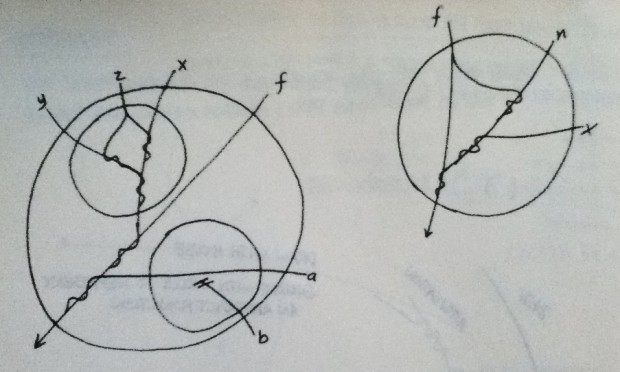I have a couple of ideas that I am trying to decide between for my interactivity project. I am interested in doing something that is both screen and touch based using either a phone/tablet, Sifteo, the AR toolkit, or Reactivision. I’m not really sure what I would do with these later two tools, as I was just introduced to them in class on Monday but I’m keeping them in mind.
My first idea is to continue the Sifteo project that Caroline, Bueno and I worked on for project 1. I think that we had a really neat idea and I would like to find a way to optimize the clock to alleviate the memory issues we were having as well as create an interface that would allow users to design their own “puzzles” for turning off the alarm clock.
Another idea I have to to use As-Rigid-As-Possible Shape Manipulation (which makes it possible to manipulate and deform 2d shapes without using a skeleton) to create a tool for real-time, interactive story-telling. I plan to implement this algorithm in C++ for my final project for Technical Animation, and I thought that I could extend upon this to let users draw the characters to be manipulated on a tablet, then, by connecting to a monitor or a projector, tell stories by manipulating the characters. I see two possible applications of this: 1) as a story-telling tool to create a sort of digital puppetry, and 2) as more of an interactive exhibit where visitors could add to the story by either creating new characters or manipulating the characters that are already there. I’d also be interested to hear other suggestions of applications of this.
I’m also really interested in the idea of educational software. For my BCSA capstone project I’m working on an educational game and I really appreciated the iPad app we saw Monday that counts your fingers. I would like to maybe apply the Shape Manipulation I discussed above to an educational context but I don’t have one definitely in mind yet, so I’d also like to hear ideas of such applications or ideas of interactive educational software in general.

